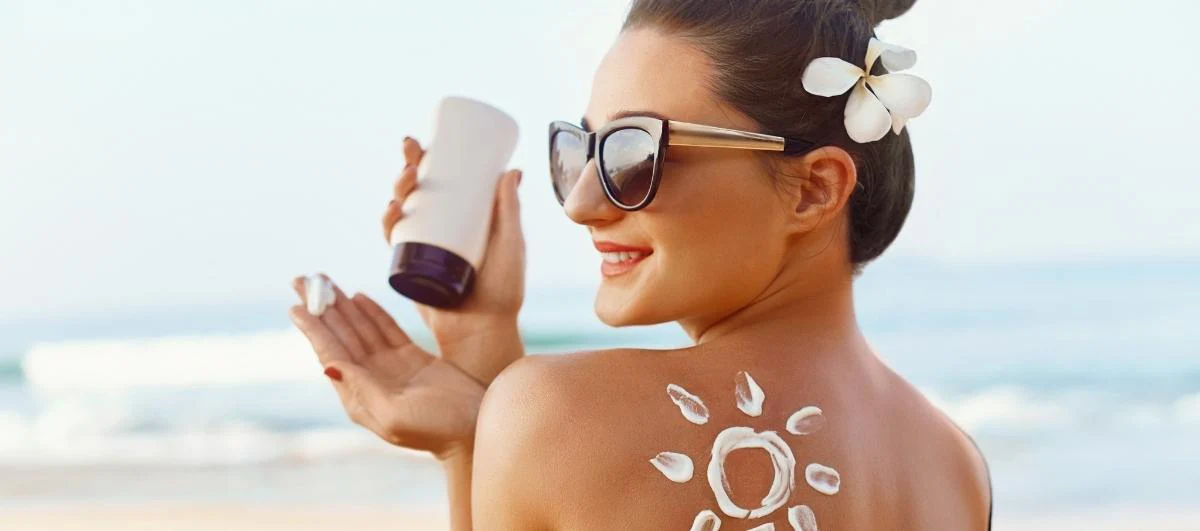Sunscreen is the cornerstone of skin protection, but the rules about when and how often to reapply it can be confusing. Is once in the morning enough, or do you need to reapply throughout the day? Let’s dive into this often-debated topic.
The Standard Rule: Every Two Hours
Dermatologists generally recommend reapplying sunscreen every two hours. This advice stems from studies showing that sunscreen can lose its effectiveness due to sweat, water, and sun exposure. But is this always necessary? The answer may not be as clear-cut as it seems.
Factors That Influence Sunscreen Effectiveness
Several factors can influence how long your sunscreen lasts. These include:
- SPF Level: Higher SPF sunscreens provide more protection, but even they break down over time.
- Water Resistance: Water-resistant sunscreens last longer but may still require reapplication after swimming or heavy sweating.
- Skin Type: Oily skin may cause sunscreen to wear off faster, while dry skin might hold it longer.

Is Reapplying Every Two Hours Always Necessary?
While the two-hour rule is a safe guideline, some argue it’s not always necessary. If you’re indoors or in the shade, do you really need to reapply that often? Probably not. However, if you’re spending the day at the beach or hiking, sticking to the two-hour rule is crucial.
The Role of Sun Exposure
Your level of sun exposure is a critical factor. If you’re exposed to direct sunlight for extended periods, frequent reapplication is essential. However, if you’re inside or under a large umbrella, you might get by with less frequent applications. This leads to the question: Are we overusing sunscreen?
The Argument for Less Frequent Reapplication
Some experts argue that the constant reapplication of sunscreen is unnecessary and even wasteful in some situations. If you’re only outside for short periods, reapplying might not provide additional benefits. Moreover, overuse of sunscreen could potentially reduce your body’s ability to produce vitamin D, an essential nutrient.
What About Makeup with SPF?
Many people rely on makeup with SPF for daily protection. While this is convenient, it’s essential to remember that the SPF in makeup is often lower and may not provide sufficient protection on its own. In such cases, should you reapply sunscreen over your makeup, or is once enough? This remains a contentious issue among skincare enthusiasts.

Sunscreen in the Real World
In the real world, reapplying sunscreen every two hours isn’t always practical. Whether you’re at work, running errands, or simply forgetful, sticking to this rule can be challenging. Does that mean you’re unprotected? Not necessarily, especially if you’re mindful of your overall sun exposure.
The Bottom Line: Use Common Sense
While the two-hour rule is a good starting point, it’s not a one-size-fits-all solution. Consider your environment, activities, and skin type when deciding how often to reapply. In low-risk situations, you might be able to stretch the time between applications. However, in high-risk situations, such as being at the beach or on a hike, reapplying every two hours is a must.
Conclusion
The question of how often to reapply sunscreen doesn’t have a simple answer. It depends on various factors, including your activities, skin type, and level of sun exposure. While the two-hour rule is a safe bet, there are situations where you can afford to be more flexible. Ultimately, using sunscreen wisely and considering your specific needs will provide the best protection for your skin.
FAQs
- Is reapplying sunscreen every two hours necessary if I’m indoors? No, if you’re indoors and away from windows, reapplying sunscreen every two hours may not be necessary.
- Can I rely on SPF in my makeup? Makeup with SPF can offer some protection, but it may not be enough for prolonged sun exposure. Consider using a separate sunscreen.
- Does sunscreen block vitamin D production? While sunscreen can reduce vitamin D production, most people can get enough vitamin D through diet and brief sun exposure.
- How can I reapply sunscreen over makeup? Consider using a powder sunscreen or a setting spray with SPF to reapply without disturbing your makeup.
- Is water-resistant sunscreen better? Water-resistant sunscreen is better for activities like swimming or sweating, but it still needs to be reapplied after water exposure.